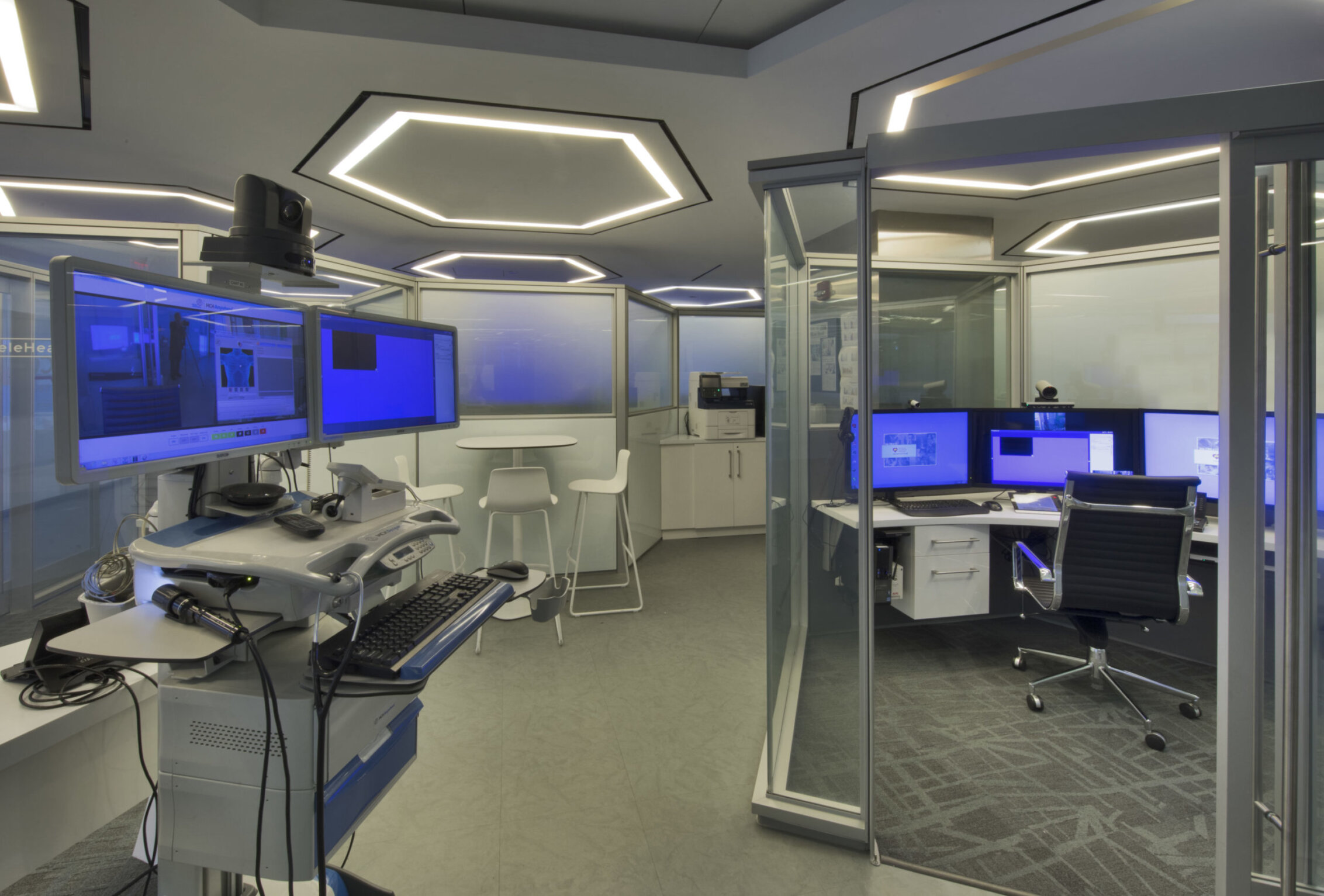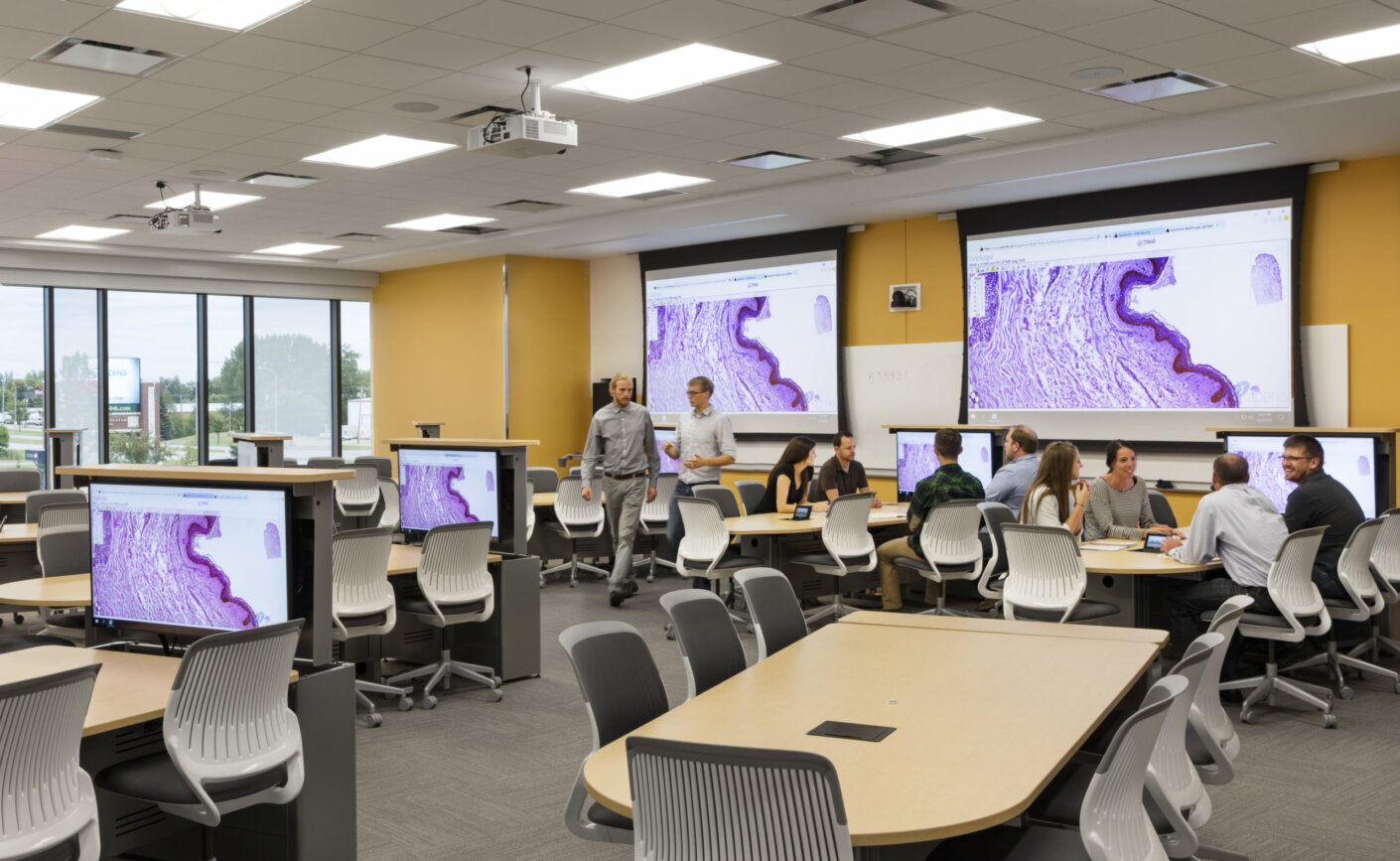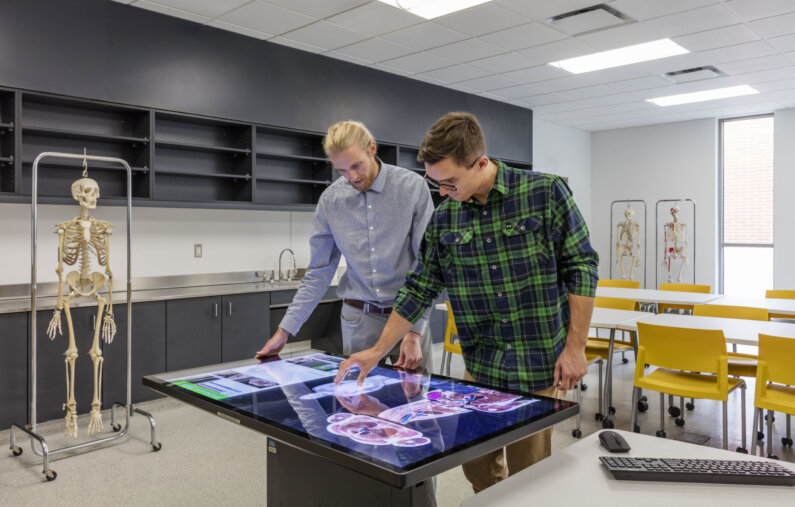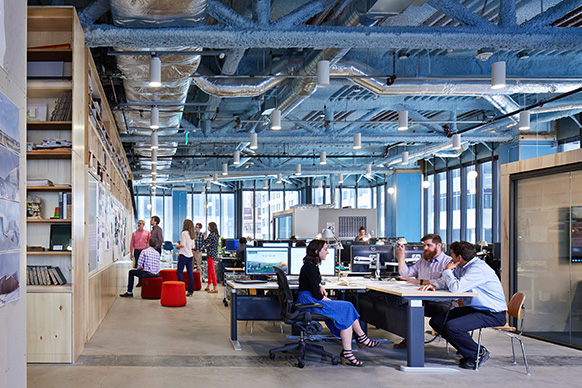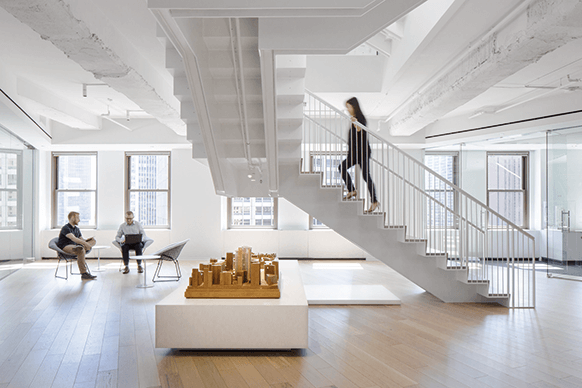Disruption, which often carries negative connotations and is reserved for seldom occurrences, is now a part of our everyday life. What if we could use this disruption, which we have little-to-no control over, for good? COVID-19 has disrupted the health care industry, and while much of this has focused on the difficulties, there are positive changes to note. Innovation is a positive byproduct of disruption and it’s exciting, especially in the health care and health education industry. Telehealth is one example of this innovation in action.
Telehealth isn’t new, but widespread adoption has languished until the COVID-19 pandemic forced the barriers open. According to a survey by Sage Growth Partner and Black Book Market Research, 59% of respondents reported they are more likely to use telehealth services now than previously. Additionally, 33% would leave their current physician for a provider who offered telehealth. Why? Telehealth makes the impossible, possible. Through telehealth, we can open up communication between provider and patient, allowing for more streamlined, personalized care when you need it most. We can get the help we need without leaving the safety of our home. For those with heightened COVID-19 risks, this can literally be a life saver.
Telehealth has been possible for a few years now, but the advent of our current pandemic has opened the door to broad adoption. Many healthcare institutions report achieving their goals for telemedicine, that they had planned to take years, within a matter of weeks. The old adage that necessity is the mother of invention has held true and we are all the beneficiaries.
Health care environments have quickly adapted to implement telehealth to meet the healthcare demands of their patient population. Here are the exhilarating changes we’re already seeing as a result of telehealth:
Health Care:
High-tech meets high-touch: In recent years architects have broken down physical barriers in healthcare spaces so patients and their family members feel closer to their care team. The institutional spaces of bygone years, like long fluorescent-lit hallways and small, cramped waiting rooms, have become relics of the past. Today bright, open atriums, plentiful natural light, and airy interior spaces welcome patients. Waiting rooms are now designed to feel more like living rooms, easing what can often be a stressful experience for patients. For the purposes of this article, these more comfortable, patient-focused spaces can be described as “high-touch” for their emphasis on the human aspect of design.
However, with more patients turning to telehealth either from necessity or preference during this outbreak, architects and designers must find ways to integrate accessibility to telehealth services with the personalized, “high-touch” spaces that are proven to enhance patient experience. We believe that architects should accommodate both approaches when designing future healthcare spaces, as the impacts and new safety protocols stemming from COVID-19 will still be top of mind for years to come.
A human-centric approach to well-being: Mental health continues to be a major global concern for many reasons, including lack of funding, lack of treatments available, and lack of access to health care providers or medication. Telehealth can change this. When providers are available more quickly and easily through telehealth, we can better support the mental health system by providing much needed health care directly to people who need it the most. Telehealth brings providers closer to their patients, whether they live among millions in a metro or feel isolated in a rural community, allowing for more immediate care.
Health disparities: Rural healthcare institutions have long led the way in telehealth implementation because it helps fulfill the shortage of healthcare providers felt by our smaller communities. The increasing use of telehealth by the broader health industry will only accelerate innovation and improve access. Rural communities will thrive with expanded telehealth opportunities, allowing more people access to advanced care close to home. We must continue to equip rural patients and providers with the proper environments and technology to ensure these virtual visits will be successful. High-speed internet, secure devices, and medical offices that connect with specialists via virtual visits will be the keys to success.
